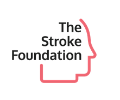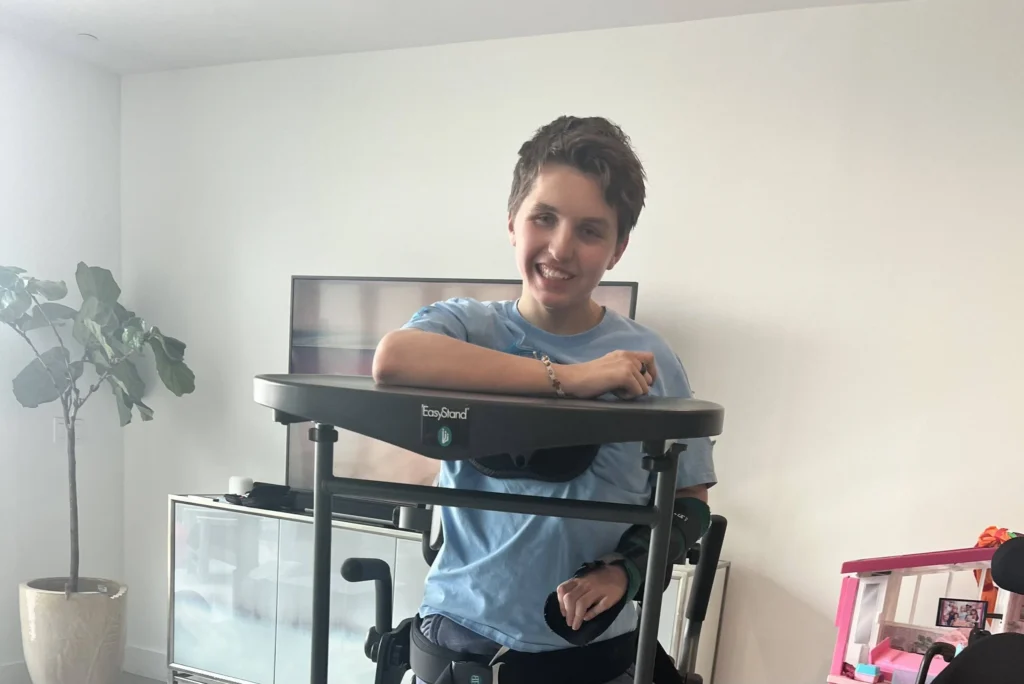A stroke can be a life-altering event, leaving survivors grappling with physical and emotional challenges. However, hope and innovation abound in the field of stroke rehabilitation, offering new and promising approaches to recovery. One such method is mirror therapy, a technique that has gained recognition for its potential in stroke recovery. In this article, we will explore the concept of mirror therapy, its benefits, and how it can help individuals find hope and healing in their journey to life after stroke.
What Is Mirror Therapy?
Mirror therapy, also known as mirror visual feedback (MVF), is a therapeutic technique that leverages the use of mirrors to create the illusion of a fully functional limb where there may be limitations in movement or sensation. It was originally developed by neurologist Vilayanur S. Ramachandran as a treatment for phantom limb pain in amputees. However, over time, it has been adapted and found valuable in stroke rehabilitation.
How Does Mirror Therapy Work?
The basic concept of mirror therapy involves placing a mirror, typically vertically oriented, in such a way that it reflects the unaffected limb while the stroke-affected limb remains hidden behind it. The patient then watches the mirror image of their healthy limb while performing various exercises or movements. This visual feedback tricks the brain into perceiving that the affected limb is moving correctly, potentially reducing pain, improving motor control, and stimulating neural pathways.
Benefits of Mirror Therapy in Stroke Recovery
- Motor Recovery: Mirror therapy can help stroke survivors regain motor function in the affected limb by promoting neural plasticity and retraining the brain to control the limb.
- Pain Reduction: Many stroke survivors experience pain and discomfort in their affected limbs. Mirror therapy can alleviate pain, particularly in cases of complex regional pain syndrome (CRPS).
- Improved Body Image and Confidence: The visual feedback from mirror therapy can help individuals regain a sense of ownership and familiarity with their affected limb, improving body image and self-confidence.
- Increased Range of Motion: Regular practice of mirror therapy exercises can lead to an expansion of the range of motion in the affected limb.
- Enhanced Functional Independence: As motor function improves, so does the individual’s ability to perform daily tasks and regain independence.
Practical Applications of Mirror Therapy
Mirror therapy can be tailored to individual needs and capabilities, making it a versatile tool in stroke recovery. Common exercises include:
- Mirror-box hand and finger exercises: These are designed to improve hand and finger dexterity and strength.
- Ankle and foot exercises: Mirror therapy can help restore mobility and balance in the lower limbs.
- Mirror gait training: Stroke survivors can practice walking movements, promoting a more natural gait.
- Mirror therapy for facial palsy: In cases of facial paralysis due to stroke, mirror therapy can help improve facial muscle control and symmetry.
Life after a stroke is a journey filled with challenges, but it is also a journey filled with opportunities for recovery and growth. Mirror therapy is a promising technique that can make a significant difference in the lives of stroke survivors. By harnessing the brain’s incredible ability to adapt and heal, mirror therapy offers a window to a brighter future, where recovery and rehabilitation are not just possibilities but also realities. Stroke survivors, along with their healthcare providers, should explore the potential benefits of mirror therapy and incorporate it into their rehabilitation programs, thereby enhancing their quality of life and increasing their chances of a successful recovery.





